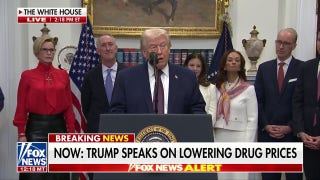Consumer Credit Edges Up as Credit Card Usage Slides
Growth in U.S. consumer credit slowed for the second straight month in July, held back by a decline in a measure of credit card usage that hinted at a mood of caution among consumers.
The Federal Reserve said on Monday consumer credit rose at a 4.4 percent annual rate in July, down from a 5 percent rate in June.
Credit expanded by $10.4 billion during the month, missing analysts' expectations for a $12.5 billion gain.
Credit has been expanding almost continuously since mid-2010 as the economy recovered from the 2007-09 recession, a trend that has supported economic growth by helping consumers spend more on cars and education.
Still, the data also showed that Americans appeared to use their credit cards more sparingly in July, a potentially worrisome sign for consumer spending. Revolving credit facilities, a measure that includes credit cards, declined by $1.8 billion during the month.
The overall increase in credit was driven by non-revolving facilities, which include auto loans as well as student loans made by the government. Non-revolving credit increased $12.3 billion during the month.
While the Fed does not provide seasonally adjusted data for student loans made by the government, year-over-year growth in that category of lending held firm in July.
Government-made student loans advanced about 21 percent from a year earlier, the same pace as in June. Twelve-month growth in the category has held just below 25 percent this year, which is substantial although well below the high of 81 percent clocked in September 2010.
Robust car sales also appear to be bolstering non-revolving loans. Auto sales have risen sharply this year and were near a post-recession high in July. In August, auto sales rose to their highest level since October 2007.
(Reporting by Jason Lange; Editing by Andrea Ricci)



















